Financial news surrounding bonds has been very negative as of late with industry experts sounding the siren on bonds. Bill Gross, the “bond king”, tweeted that the “bond bear market confirmed.” Ray Dalio, a legendary hedge fund investor, warned, “a rise in yields could spark the biggest crisis for fixed income investors in almost 40 years.” Higher inflation, increased deficit spending, monetary tightening, and negative returns year-to-date are often cited as reasons to hate bonds, but the one that gets the most attention is rising interest rates.
Why does a rise in interest rates scare investors?
There are many implications of higher interest rates, but on a high level, bond prices and interest rates are inversely related. When interest rates rise, bond prices fall. So, it is no surprise when the Federal Reserve clearly communicates their intention to take rates higher, investors get scared. Focusing on headlines will tempt people to get out of fixed income, but there are important reasons why we believe it won’t be as dire as some predict and why bonds deserve to be a permanent fixture in portfolios.
Before we dive into the reasons, it is important to discuss how we view fixed income and its role. Fixed income’s primary role in our clients’ portfolios is to serve as an anchor that provides ballast and diversification away from stocks. To achieve this goal, we own high quality bonds, while being mindful of duration (interest rate sensitivity) when interest rates are rising. We do not use fixed income to capture excess returns by investing heavily in junk bonds and emerging market debt, which can provide higher returns, but also higher risk. Stocks are the growth engine for our portfolios, bonds are the stability.
Capital preservation within fixed income is key. This approach allows bonds to be a source of capital in times of need. When stock markets face unpredictable drawdowns, bonds can be sold to purchase stocks that are trading at depressed prices. This approach can only be effective if the bonds we own have minimal correlation to the stock markets and can maintain their value during extremely volatile periods. There are many different types of bonds that provide vastly different outcomes and experiences. For example, high quality bonds[1] (the kind of bonds we own) returned 5% in 2008, while junk bonds[2] returned -25% and emerging markets debt[3] was -12%. Selling bonds that are -25% to buy stocks that are -30% is not a very effective strategy, but selling high quality bonds that have maintained their value to purchase beaten up stocks is powerful.
Lastly, fixed income serves a very important purpose by providing predictable, stable cash flow. Unfortunately, over the last decade, savers and retirees have been punished with little to no income on cash and bonds as the Federal Reserve embarked upon an unprecedented zero interest rate policy to save the economy. As the economy strengthened, the Federal Reserve began normalizing rates by taking interest rates higher. This could continue to produce near-term pressure on bonds, but over the long-run, higher interest benefits investors. As income builds up and as bonds mature, proceeds will be reinvested in higher yielding bonds that pay more interest.
Fixed income investing in a rising rate environment will not be easy, but we do not anticipate deep losses in our high quality bond portfolio. The worst year for the high quality bond index going back to 1976 was -3%! Much of the negative headlines surrounding fixed income are geared towards the type of bonds we do not own - lower quality, illiquid, and longer term bonds. We find comfort in knowing our portfolios are well positioned to weather a rise in interest rates and believe higher rates will benefit clients in the long run.
--
[1]. Bloomberg Barclays Aggregation Bond Index.
[2]. Bloomberg Barclays High Yield Bond Index.
[3]. JPM Emerging Market Bond Index.

